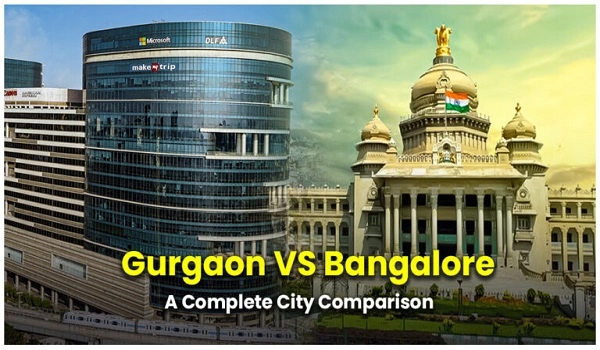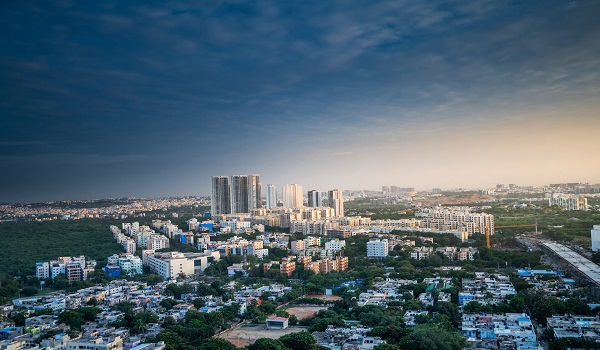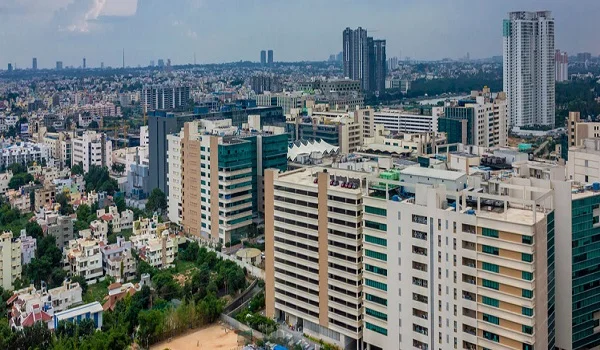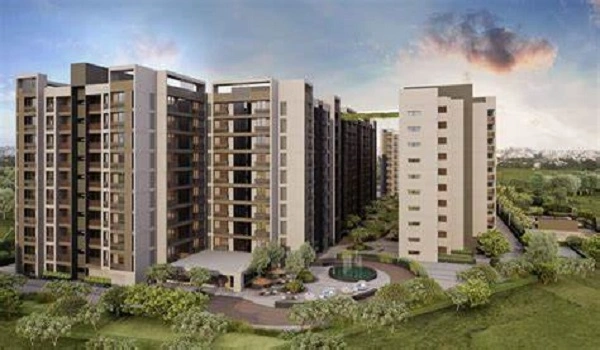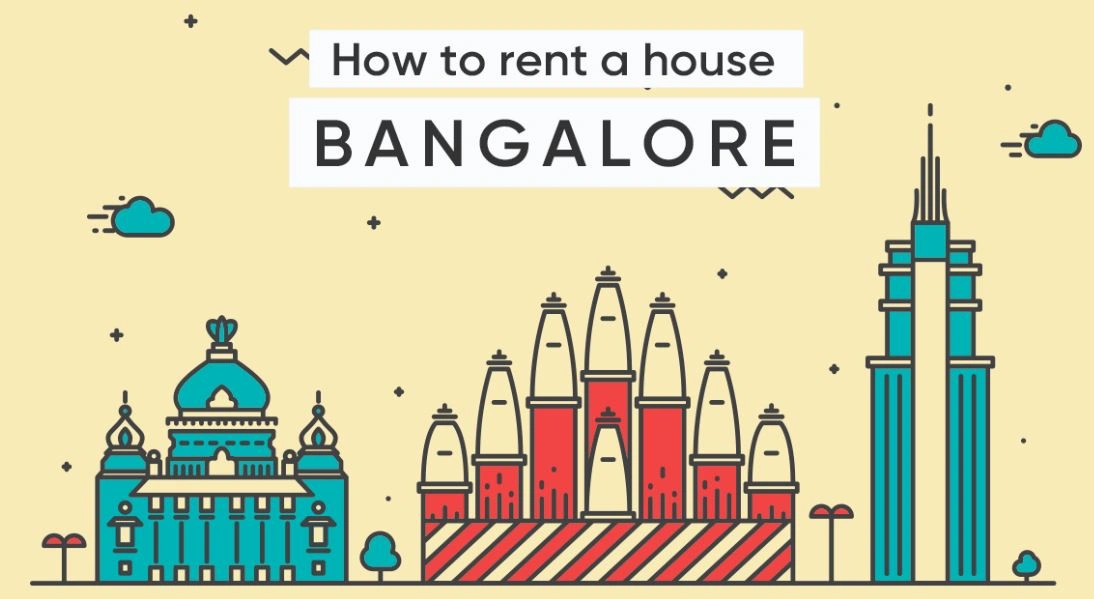How Modern Homes In Bangalore Are Fighting Urban Heat: Smart Design, Cooler Living
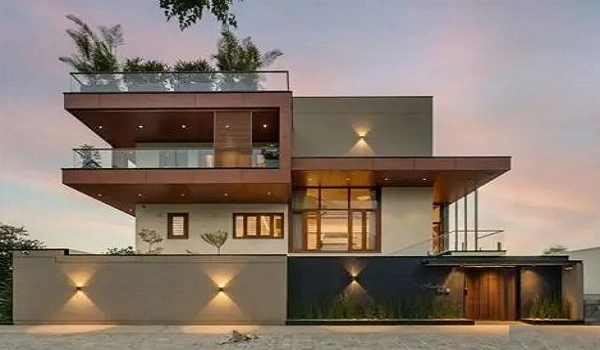
Cities like Bangalore are getting hotter every year. With more buildings, fewer trees, and heavy traffic, many areas are now experiencing what's called the urban heat island effect. Simply put, urban zones trap more heat than nearby open or rural areas. This raises temperatures and makes homes warmer and less comfortable.
To solve this, modern residential projects—especially along Sarjapur Road and in fast-developing areas like Kodathi Village—are changing the way buildings are designed. Homes in developments like Birla Evara now use smarter layouts, better materials, and natural cooling techniques to help residents stay cool without depending heavily on air conditioning.
This isn't just about summer heat. It's about long-term comfort, energy savings, and better health.
Urban heat islands happen when buildings, roads, and concrete structures absorb heat during the day and release it slowly at night. With fewer green spaces to cool things down, the result is higher overall temperatures.
Causes include:
- Dense construction
- Asphalt and concrete surfaces
- Lack of trees and shade
- Heat from vehicles and machinery
- Tall buildings that block air circulation
The effect is strongest in places with poor planning or fast construction—and Bangalore is seeing both.
Instead of dark roofs or walls that soak up sunlight, modern buildings now use reflective paints and cool-roof materials. Light-colored surfaces bounce sunlight, keeping interiors cooler.
What you might see:
- White or light grey terrace coatings
- Reflective external paints
- Ceramic tiles on rooftops
- These choices reduce the need for air conditioners—especially on top floors.
Good airflow inside the home can lower temperatures by several degrees. That's why layouts now include opposite-facing windows, open corridors, and wide balconies.
In Bangalore's climate, cross ventilation works extremely well. Homes in Birla Evara, for example, are carefully oriented to let natural air flow through rooms during both day and night, cutting down on trapped heat.
Plants don't just look nice—they act as natural air conditioners. More buildings now include roof gardens, potted plant walls, and green balconies.
Benefits:
- Lower surface temperature on roofs and walls
- Extra insulation that blocks heat
- Better air quality and noise reduction
- A calm, soothing look for high-rise homes
In projects like Birla Evara, landscape design plays a key role in managing temperature across the entire property.
One of the best ways to fight heat is also the simplest, plant more trees. Modern gated communities now focus on internal tree lined roads, shaded walking paths, and dense greenery.
Why it works:
- Trees reduce ground temperature by blocking sunlight
- Water bodies and fountains create localized cooling
- Shaded playgrounds and benches keep outdoor zones usable year-round
In neighborhoods like Kodathi Village, where urbanization is picking up, this type of planning makes a huge difference in everyday life.
Builders are also changing what goes into the walls and floors. Instead of heat-trapping cement bricks, many now use:
- Fly ash bricks (recycled and low-heat)
- Aerated concrete blocks (better insulation)
- Natural stone (absorbs less heat and lasts longer)
These materials are not only cooler, they're also more sustainable.
You'll now find homes with sunshades, louvres, pergolas or overhangs. These features block direct sunlight without blocking light or air.
Common uses:
- Window canopies
- Balcony overhangs
- Wooden or metal louvres in front of windows
These passive cooling tools are especially useful in Bangalore's hot afternoons.
These design choices arent just good for the environment, they make everyday living more comfortable and affordable.
Here's what residents gain:
- Lower electricity bills: Less AC use = more savings
- Cooler homes: Even during power cuts, your home stays livable
- Better sleep and health: Fewer headaches, better air quality
- Lower carbon footprint: Eco-friendly choices help the planet
In future-ready developments like Birla Evara, these ideas are built in from the ground up.
As Bangalore continues to expand, buildings will need to do more than just provide shelter. Theyll need to protect residents from heat and offer a healthier living environment.
What to expect:
- More green rooftops and solar-reflective materials
- Smart glass windows that adjust to outside heat
- Increased use of solar energy to power cooling systems
- Urban forests and community gardens inside large townships
- Climate zoning: Layouts that place less-used rooms on the sun-facing side to shield bedrooms and living areas
Urban heat is no longer just a weather issue—it's a design challenge. And the smartest projects are rising to meet it.
If you're looking for a home in Bangalore, especially along Sarjapur Road, check how the project handles heat. Look for trees, cross ventilation, shaded balconies, and green roofs. Choose a home that feels cool—not just today, but 10 years from now.
Communities like Birla Evara in Kodathi Village are showing how thoughtful planning can offer both comfort and climate care—building a future where your home works with nature, not against it.
| Enquiry |
